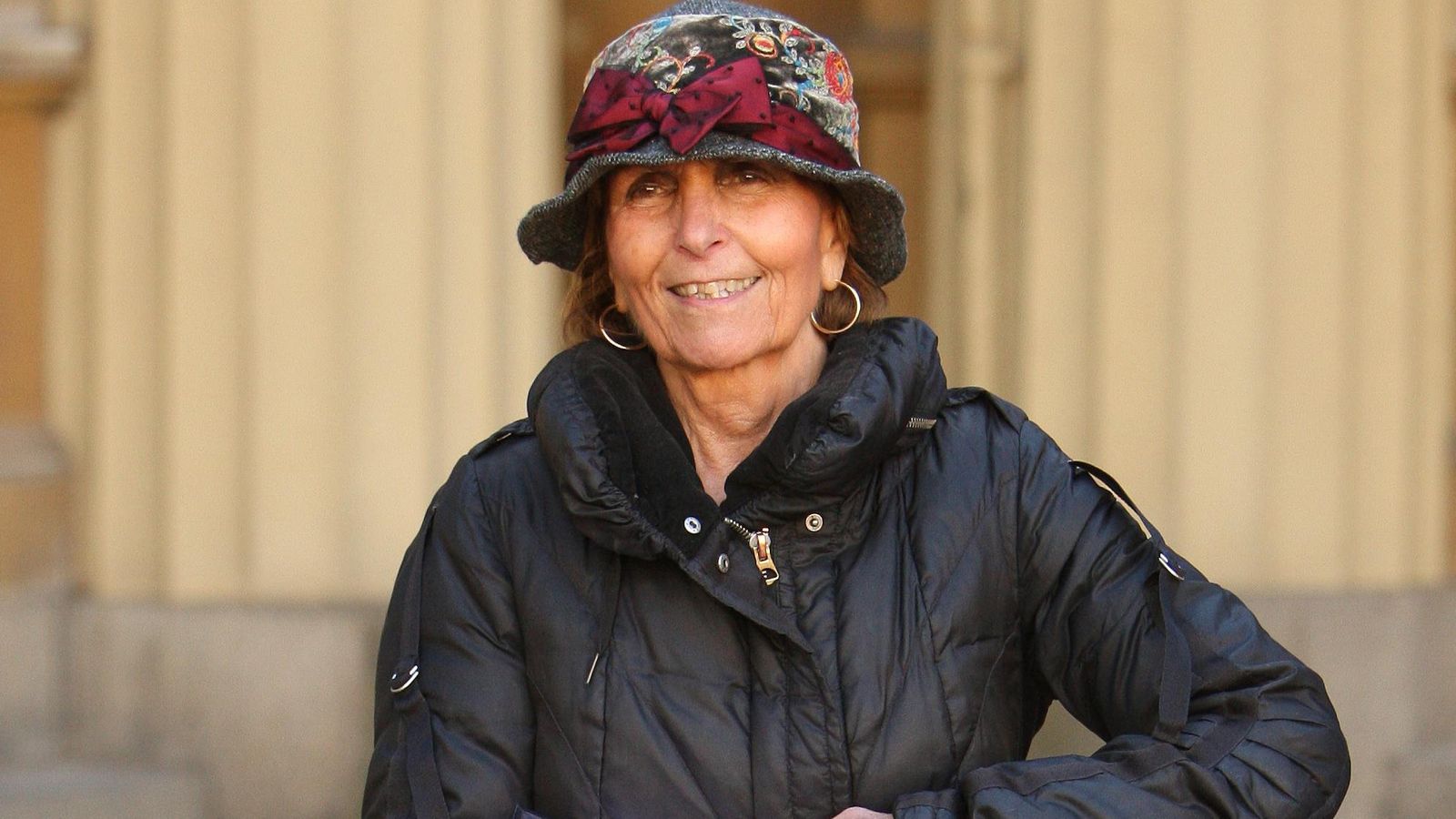Renowned Portuguese-British artist Dame Paula Rego has died aged 87, the Victoria Miro art gallery has said.
The gallery, which has locations in London and Venice, said the artist died at home in north London on Wednesday morning, surrounded by her family.
“Portuguese culture has lost one of its most important and irreverent creators, someone who distinguished herself as a woman, human being and artist,” said Carlos Carreiras, mayor of the town of Cascais, home to a museum dedicated to her work.
Dame Paula’s career in the art world spanned more than five decades and she was known for her magical pictures based on her childhood memories and fairytales. As an artist, she challenged gender stereotypes and denounced abuses of power.
Her works sold for hundreds of thousands of pounds and featured in collections owned by famous names such as Charles Saatchi and Madonna.
Born in 1935 in Lisbon, Portugal, the young Paula was sent to an English finishing school as a teenager by her anti-fascist father, who did not want to see his daughter confined to the restrictive environment in the country under the dictatorship of Antonio Salazar.
She quickly learned to express her disquiet at the world around her through art, painting The Interrogation – a harrowing depiction of torture – when she was just 15. When her talent was spotted she went on to study at London’s prestigious Slade School of Fine Art.
She first rose to prominence in Portugal with semi-abstract work that dealt with violent or political subjects.
Her later pieces drew on the folk stories from her homeland and popular children’s tales such as Little Red Riding Hood, but she also used her own experiences, real and imagined, of her upbringing filled with young girls, maids and grandmothers but with a sexual or violent subtext.
Her paintings gave the central role to women, who were generally portrayed as robust and confident – while her men often look child-like or even drunk.
“I paint the women I know. I paint what I see. I make women the protagonists because I am one,” Dame Paula told the Guardian in an interview in 2021.
She described herself as a feminist artist and subjects such as sex trafficking and honour killings also provided inspiration for her work.
In 1998, in response to a failed referendum to legalise abortion in Portugal and having had several abortions herself, she produced a powerful series of paintings on the dangers of keeping the procedure illegal.
Notable among her works are her Dog Woman pastel drawings, which portray women in a series of canine poses, and her portrait of Germaine Greer from 1995 featured in the National Portrait Gallery in London.
She was made a Dame Commander by the Queen in 2010 at a ceremony held at Buckingham Palace and received honorary doctorates from universities including Oxford and Cambridge.
She was also the first artist-in-residence at the National Gallery, which features her murals as a permanent decoration.
She married British painter Victor Willing after meeting him at the Slade School of Fine Art. He died in 1988.
The couple lived in Portugal for seven years until, in 1976, two years after the dictatorship ended, they settled permanently in London with their three children.






















